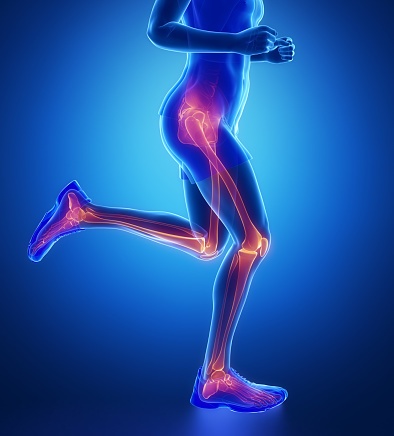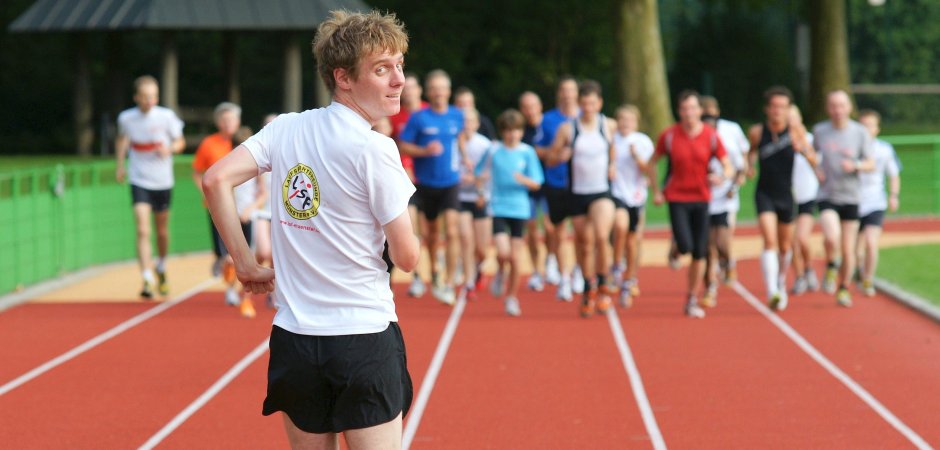Top Fitness Trends For 2022: Running Backwards
COVID pandemic has been a primary driver for lots of changes in our lives, fitness not being an exception. With gyms and fitness studios closed, we have noticed a big rise in online workout classes since 2020 throughout the year 2021.
As we slowly learn to live with the virus, we reexplore outdoor running again. But with people getting creative, running trends are also shifting. Backwards running (reverse running, retro running) is the new thing that people talk about now.
Running backwards is expected to be a major trend in running in 2022. Not that people have not run backwards before. Simply it has not been popular enough yet. But now it seems that many are looking for something to spice it up, something to add to traditional forward running.
Benefits of running backwards
But why would you run backwards in the first place? Well, based on multiple studies and reports, running backward has great health benefits for our bodies. There are multiple reasons why we should give it same amount of attention as normal running. Let’s look at some of them.
#1 Backward running improves your posture
When we run forward, we naturally tend to slouch, lean forward and drop shoulders. This is true, especially for long-distance training sessions. This bad running technique leads to poor running form and, over time, into injury and pain.
:max_bytes(150000):strip_icc()/Snapwire-Running-10-33cfd2ffc31d4410a2d1d197dfe21707.jpg)
When you run backward, you naturally keep better running form. It requires you to stand more upright with your shoulders back while your spine is supported by surrounding muscles. Your posture improves.
Improving posture is especially useful for those running long miles. It prevents back pain and headaches and improves your athletic performance in general.
#2 Backward running lowers the impact on knees and hips
The repetitive nature of running forward is the reason why most of the runners regularly experience knee injuries or so-called, runner’s knee. But it is not only knee problems. Many other stress injuries such as shin splints, muscle strain, or neck pain may appear.

Running backwards requires a completely different technique and often places emphasis on different muscles, ligaments, and tendons.
Landing on balls of the feet instead of flat heels softens the landing, offering a well-needed break for injured or painful parts of your body such as knees or hips.
#3 Running backwards balances your muscle strength
In long term, it may be useful to mix up forward and backward running to balance opposing muscle groups. By engaging your posterior muscles more you get a more balanced workout and whole-body muscle development. You improve your body evenly.
Forward runners often catch their weight on flat heels while they run. On the contrary, reverse runners pound on the balls of their feet engaging different leg muscles. By the nature of reverse running, you will be more engaging your calves compared to quadriceps during forward running. You will gain more power and become an overall better runner.
#4 Running backwards burns more calories
Many people start to run in order to burn calories and lose some body fat. Did you know that it is actually easier for reverse runners to lose body weight? According to the study, running backwards is burning from 20-30% more calories than the usual running routine.

That doesn’t mean that every running session should be backwards. It is a proven fact that backwards running doesn’t have the same cardiovascular efficiency for your body as running forward. Therefore it rather seems to be a good addition to your training regime that may help prevent injuries while improving your posture.
#5 Running backward is more fun
Adding various exercises such as reverse running to your fitness regime may have a positive effect on your motivation and therefore improve performance. It is normal that runners sometimes get demotivated. At these moments, you need to spice it up a bit, add little fun. This will reduce boredom and will give you some extra push towards reaching your running goals.
Downsides of backwards running
Outside of the many benefits that retro running brings, there are, as always, a couple of downsides you should be aware of.
#1 Running backwards is hard
Just try it sometimes. Even a few minutes of running or simply walking backwards and you will realize that it is harder than it seems. We are not used to backward movement. Our head gets confused and we may feel a bit uncomfortable.
But all it takes is a little practice, little time for our brain to get used to the new experience in order for all benefits to show up and start enjoying it.
#2 You can’t see the road ahead

The visual impediment is the main reason why running backwards is so hard and therefore not so popular. Not only that looking behind too often will compromise your posture and destroy your running form but it also limits speed.
Looking behind is quite uncomfortable as well and it requires more effort. That is why it is better to practice running backward at places with predictable and well-known conditions such as an athletic stadium.
#3 Risk of falling down
You have to accept there is a higher risk of falling down when running backwards. You will not always see where do you put your feet. Therefore it is very useful to learn how to fall down in case you trip.
Anyway, the risk of falling down can be highly decreased by proper choice of track. Run backwards only at places that you know well.







